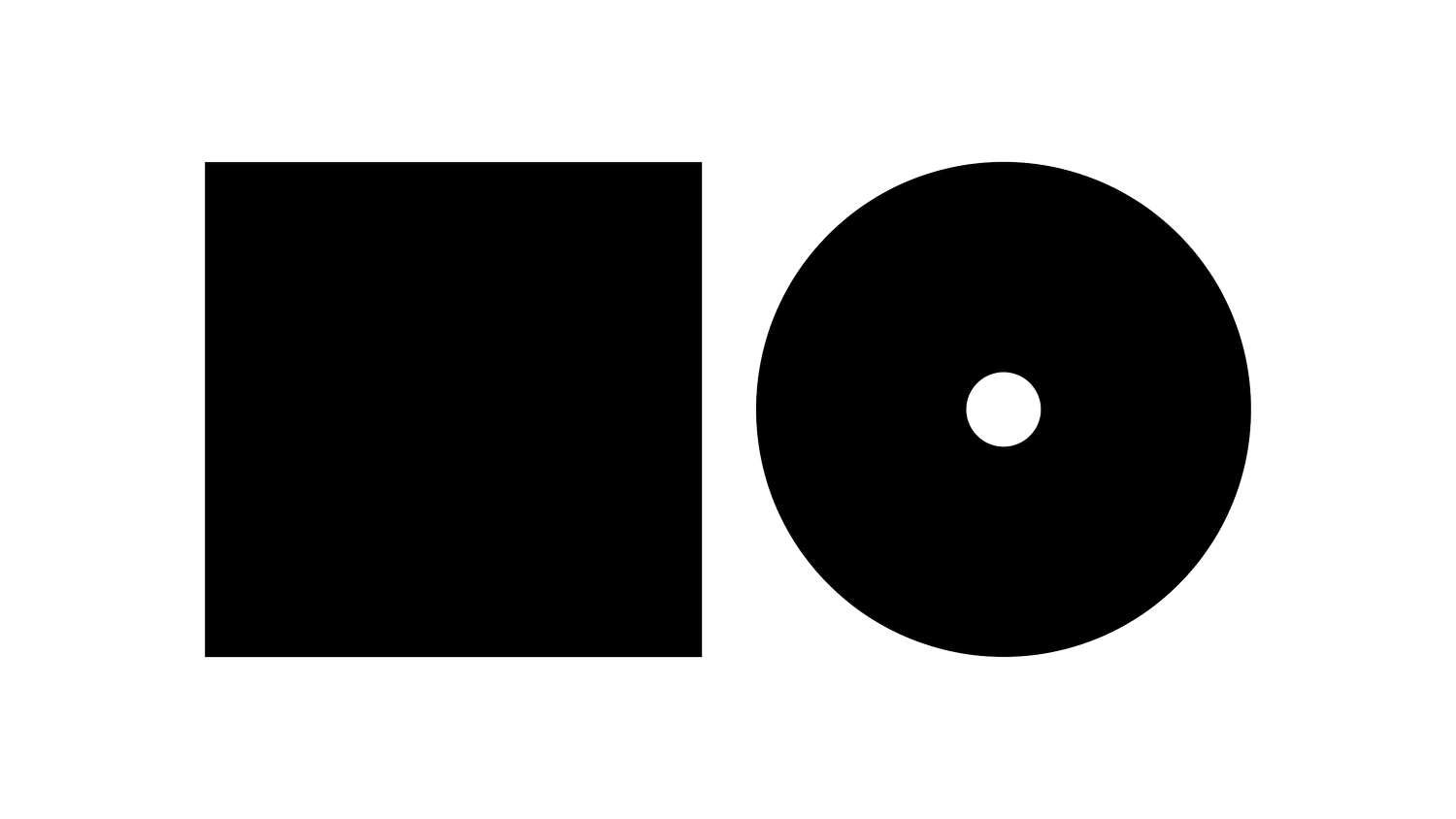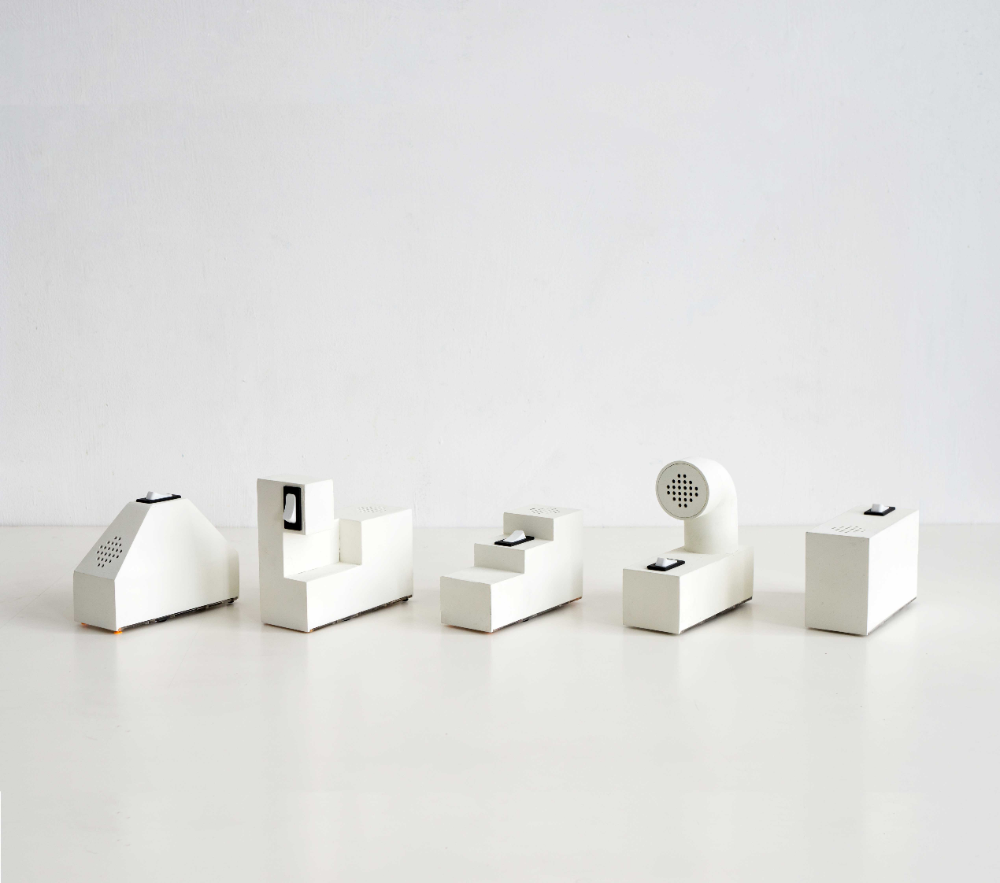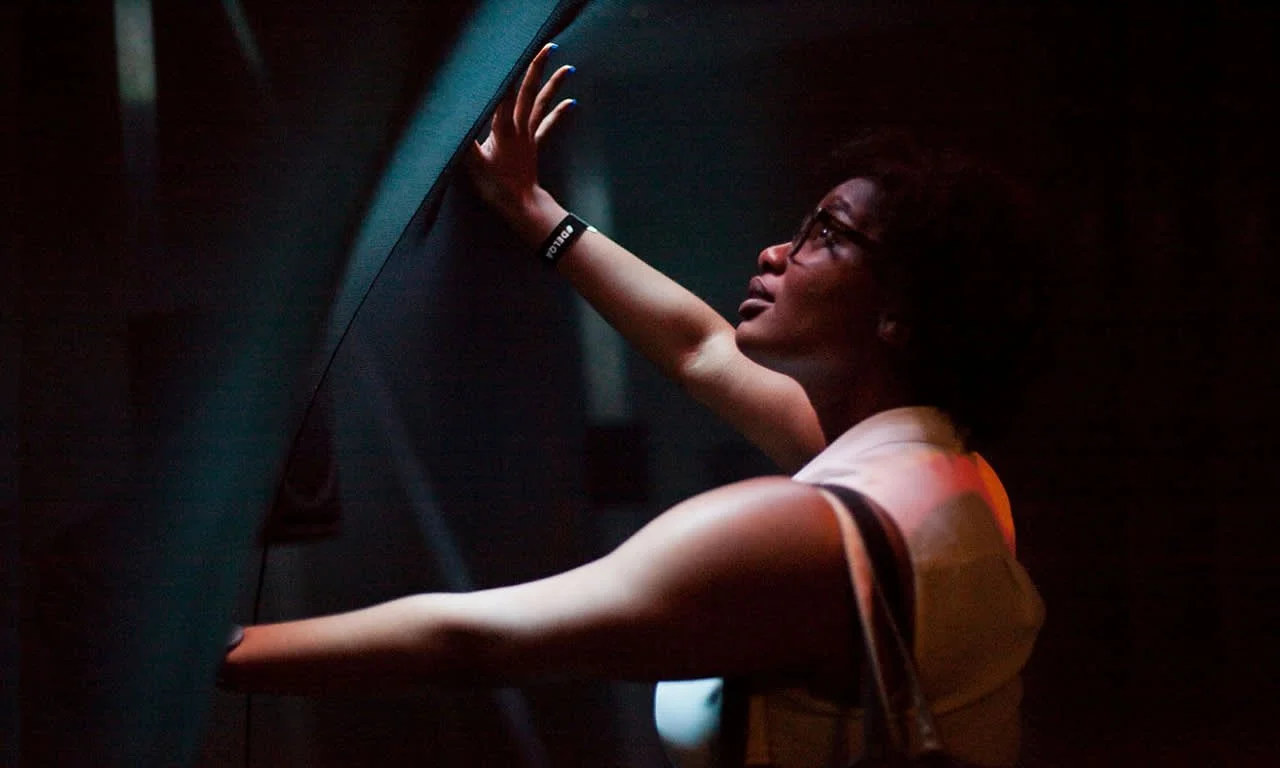P R O L E A R N
The fusion of design and sound is creating new possibilities for enhancing user experiences, brand recognition, and product functionality. By leveraging the power of audio, designers can create more immersive and emotionally resonant experiences.
Key Characteristics
Emotional Connection: Sound has a profound capacity to elicit emotional responses, helping brands build deeper connections with consumers.
Brand Identity: Sonic branding elements like jingles or sound logos become auditory cues that evoke immediate brand association.
User Experience Enhancement: Well-designed product sounds increase functionality, boost accessibility, and add delight to the user experience.
Innovative Applications
UX Sound Design: Incorporating audio feedback in digital interfaces to guide users and provide confirmation of actions.
Sonic Branding: Creating unique audio signatures that consumers instantly associate with a brand, like Netflix's 'ta-dum' sound.
Product Sound Ecosystems: Developing cohesive sound designs for product lines, as seen in Peloton's startup sound becoming a sound logo for the whole brand.
Benefits
Increased Brand Recall: Brands with music that fit their identity are 96% more likely to be recalled than those with non-fitting music.
Enhanced User Satisfaction: Positive audio feedback can significantly boost user satisfaction and foster loyalty.
Improved Usability: Sound cues can guide users through experiences, reducing cognitive load and improving navigation.
Challenges and Considerations
Balancing Subtlety and Impact: Creating sound designs that are noticeable without being intrusive or annoying.
Consistency Across Touchpoints: Ensuring a cohesive audio identity across different platforms and experiences.
Accessibility Concerns: Designing sound experiences that are inclusive for users with varying auditory abilities.
Future Outlook
As technology advances, we can expect to see more sophisticated integration of sound in design, potentially leveraging AI and machine learning for personalised audio experiences. The rise of voice interfaces and smart devices will likely further emphasise the importance of sound design in creating seamless user experiences.
Call to Action:
Evaluate your current design projects to identify opportunities for integrating sound design. Consider how audio elements could enhance user experience, strengthen brand identity, or improve product functionality. Invest in developing skills within your team to create innovative sound-enhanced designs.



